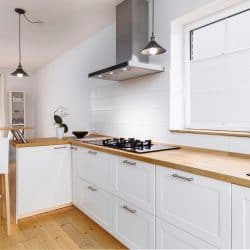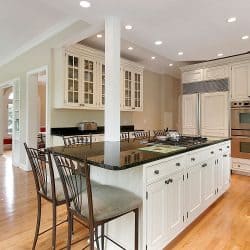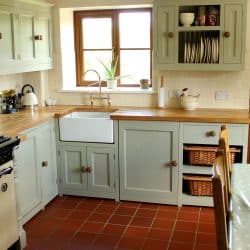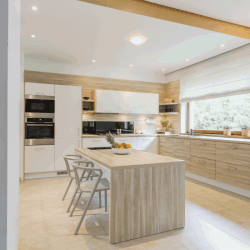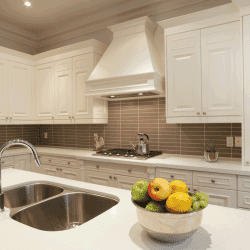When you first bring your kitchen together, it's easy to get caught up in the idea of "perfection." If your cabinets aren't perfectly aligned, after all, who's to say your kitchen wasn't improperly designed? In reality, you can install your kitchen cabinets however you see fit. With that in mind, you might be wondering whether or not kitchen cabinets have to be symmetrical. For your convenience, we brought you the answer.
No, your kitchen cabinets do not have to be symmetrical. Asymmetry in the kitchen can even make your kitchen look more modern.
That said, you will want your kitchen cabinets to remain stable after their installation. You can even experiment with different orientations before the final installation to determine which configuration suits your best. Here, we've researched some of the most unique kitchen looks—along with kitchen cabinetry basics—to help you create the kitchen of your dreams. Just keep reading!
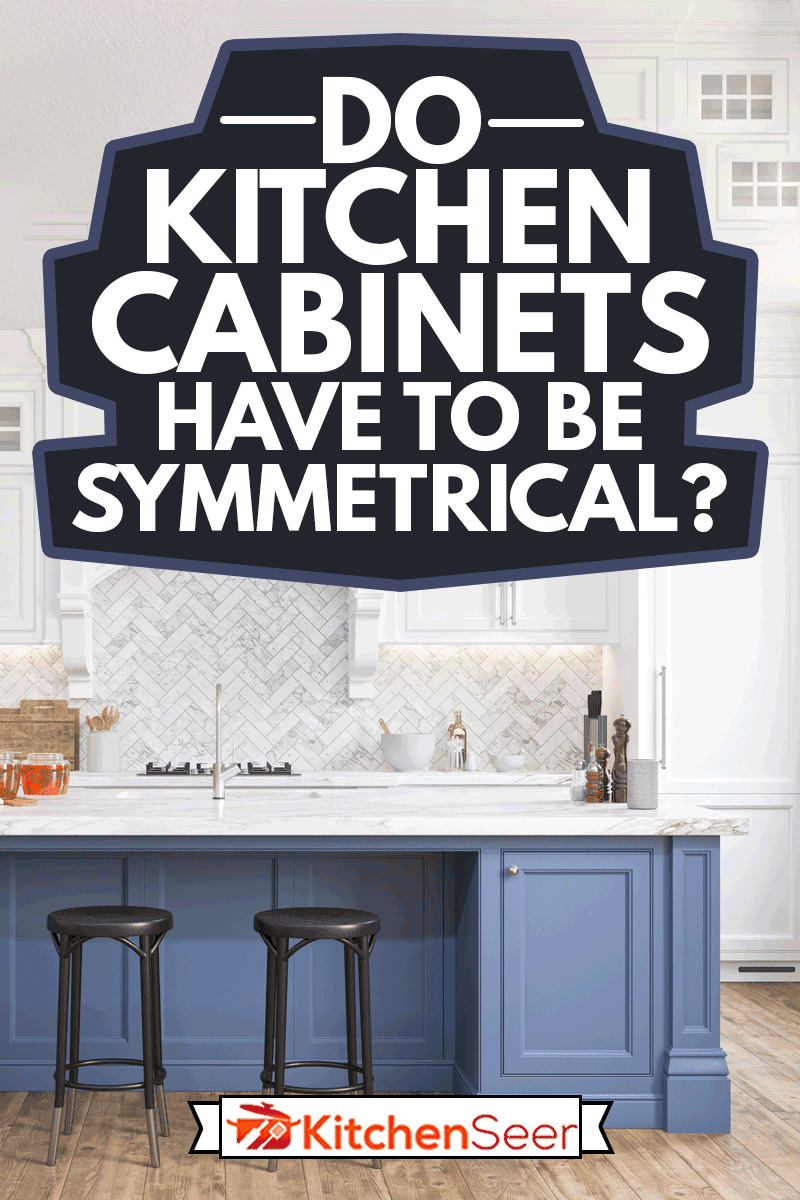
Do Kitchen Cabinets Have To Be Symmetrical?
Symmetry has its benefits. When you create symmetrical displays throughout your home, you facilitate a sense of harmony even in the most chaotic of spaces.
Symmetrical cabinets make it easy for you to get into habits while cooking, meaning that you can search for pots, pans, and other utensils often without looking up from the task you're working on.
From a design standpoint, symmetry isn't the only cabinetry option you have available to you. In other words, you're under no obligation to keep your kitchen cabinets symmetrical.
Instead, you can play with asymmetry, experimenting with cabinets that differ in height and width to the benefit of your kitchen.
The Perks of an Asymmetrical Kitchen
While asymmetry may not be among the most common kitchen trends, there are a few perks to an unusually designed kitchen.
From an aesthetic standpoint, kitchen cabinets that vary in width and height add a sense of whimsy to the room.
Practically speaking, taller cabinets are better equipped for some of your larger pots and pans, whereas cabinets that are squat can better suit casserole dishes or cookie trays.
What's more, asymmetrical kitchens tend to accommodate your appliances more effectively than symmetrical ones.
If you invest in an asymmetrical kitchen, you can retain cabinets over your refrigerator, stovetop, and elevated oven without having to worry about whether or not your kitchen is aesthetically pleasing.
Instead, you can work with a designer to ensure that the asymmetry of your space is both practical and visually appealing.
Do The Top and Bottom Kitchen Cabinets Have to Line Up?
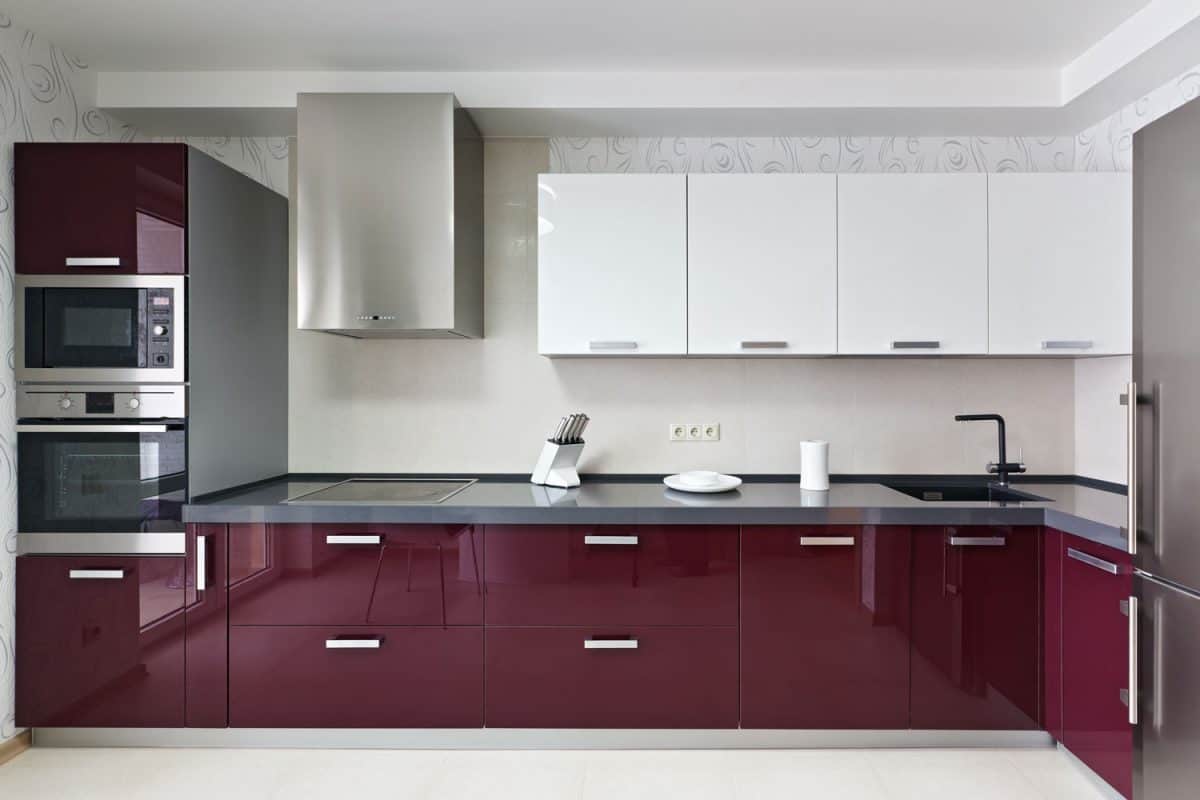
Asymmetrical cabinets on the same level as one another tend to make design statements in the average kitchen. It's rare, though, for your top and bottom kitchen cabinets to align perfectly.
There are a few reasons for this. For starters, the kitchen cabinets that touch your floor tend to be wider and deeper than the ones floating above your appliances.
Your floor-level kitchen cabinets have to support your countertop, after all, meaning that they need to be more structurally sound than their peers.
What's more, your countertop needs to be usable. As such, it's often more convenient for designers to set your upper cabinets back from your lower ones.
In doing so, they ensure that you and your guests have room to move throughout your kitchen and while you're working on various meals.
You can then choose to align your upper and lower cabinets. Be prepared to sacrifice moveable space for storage space if you do, though.
If you're concerned about creating additional storage space in your kitchen, you can work with designers to determine how to maximize your cabinets without making the space impossible to use.
Can You Mix and Match Kitchen Cabinets?
Not only do your cabinets not have to be symmetrical, but they don't even have to match one another. As you bring your new kitchen to life, you can integrate unique hardware into the whole of your space.
There are a few different ways to alternate your cabinets. If you choose to alternate them by make, do your research ahead of time to ensure that they'll still fit adequately into your kitchen.
At a minimum, all of your cabinets need to be the same height. That said, you can vary a cabinet's dimensions based on its location—cabinets over your refrigerator, for example, can be shorter than those over your countertop.
Keep practicality in mind, though, and you'll find varying your cabinets on a size level adds a sense of fun to your space.
If you want to keep your variation a little more straightforward, consider how you can mix and match kitchen cabinet color. Contrasting color schemes or even patterns can make your kitchen a happier place.
Should Your Island Match Your Cabinets?

A kitchen island offers you the additional counter and cabinet space you need to make even a smaller kitchen more usable. Islands tend to serve you well as prep stations and dining tables, so long as you have bar stools on hand.
When installing an island, though, the question of design comes into play. Specifically, does your island have to match your cabinets to fit in with your kitchen?
In short, no. Your island is its own piece of furniture. As such, it can have its own coloration, countertop, and overall look.
That said, you may want to marry the island to the rest of the kitchen through some manner of theme. An ultra-modern island in the middle of a farmhouse kitchen, for example, functionally works but may leave visitors scratching their heads.
When it comes to establishing an effective and eye-catching island alongside your pre-installed cabinets, it's best to explore design options like:
Dark and Light Contrast
The easiest way to keep eyes moving around your kitchen is to invest in contrasting colors. An island with black cabinets and a white countertop will be a standout piece purely due to its contrast.
If you choose to carry that theme through your tile, floating cabinets, and even your caulk, you'll find that your kitchen's modern image comes together rather quickly.
Color Theory at Work
If you're not interested in the sharp delineation of contrast but still want to play with color, consider how the color wheel can impact your island, countertops, and cabinets.
Specific color combinations can create custom climates within the comfort of your kitchen. For example, greens, browns, and beiges instill your kitchen with a sense of natural ease. Reds, browns, and oranges bring about a feel of hominess.
You can work with a professional designer to determine what kind of color scheme you want your remodeled kitchen to have.
Once you have a base palette to work with, it'll be easier for you to bring your ideal countertop, cabinetry, and island together.
Cabinets and Countertops
For the sake of unity, you may want your island's countertop to match the countertops throughout the rest of your kitchen. Does that mean you have to match your countertop to your cabinets, though?
Your countertops certainly don't have to be of the same color or make as your cabinets. Instead, embrace the ideas mentioned above of contrast or elevation.
Your countertop, to put this another way, should carry the eye through the kitchen. If your cabinets are made out of light wood, consider darkening your countertop.
You can equally contrast a stonework countertop with cabinets made out of faux plastic or other modern materials.
In this vein, find the marriage point between your countertop, island, and cabinets. An expert designer can help you identify this balance and bring your perfect kitchen dreams to life.
What is the Best Height for a Kitchen Cabinet?
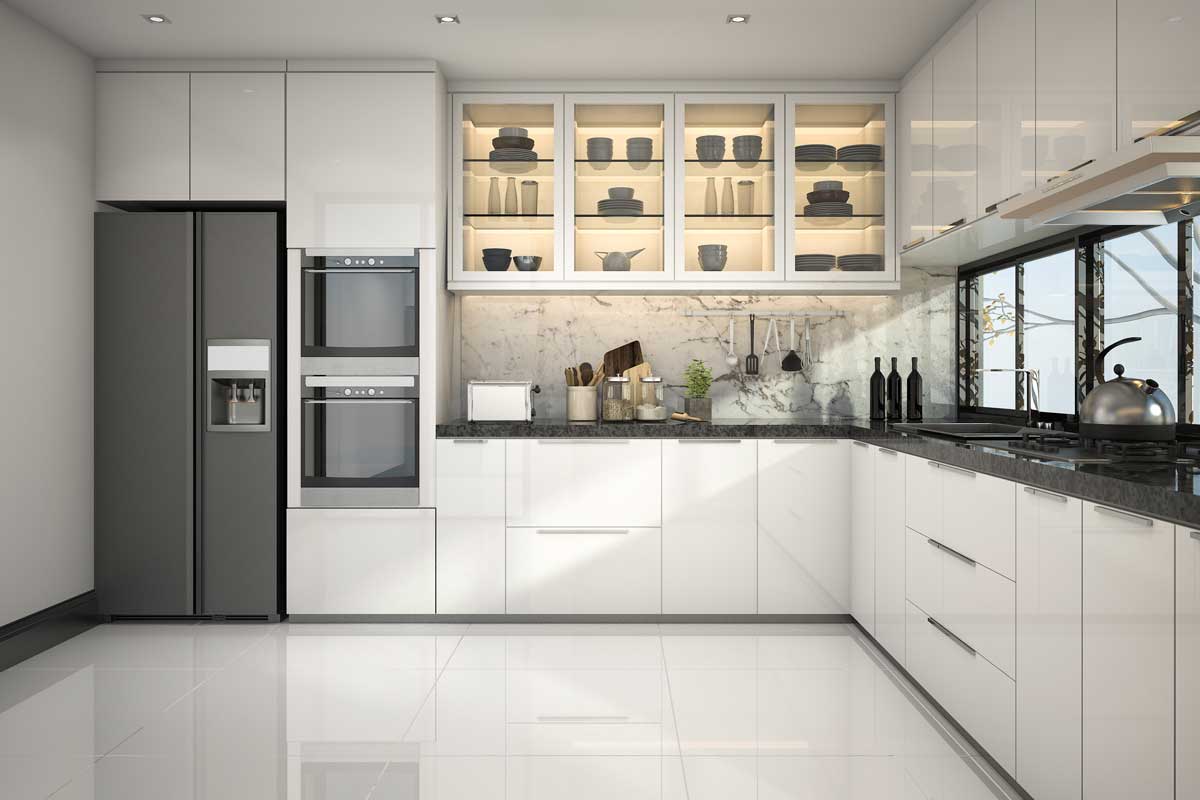
When installing your floating cabinets, you want to ensure that there's enough space between them and your countertops for you to put your kitchen to effective use.
While the best height for a kitchen cabinet will subsequently vary based on your height and the height of your loved ones, there's still a median height that tends to serve the average home best.
When installing your kitchen cabinets, make sure that the bottom edge of your floating cabinets is at least 54 inches above the ground.
Similarly, you'll want at least eighteen inches of maneuverable room between the lower edge of your floating cabinets and your countertop. Be sure to measure out these distances ahead of time to prevent errors during your installation.
Creating Your Dream Kitchen
Bringing together the kitchen of your dreams may take many years and a lot of experimentation. Don't let the concept of "perfection" keep you from chasing that dream, though.
So long as you keep your home's safety and security in mind, you can experiment with all manner of kitchen designs, from unique tile arrangements to asymmetrical cabinets.
As you're installing your newest set of cabinets, see what kind of tone an asymmetrical look adds to your kitchen.
Keep some of our aforementioned installation tips in mind, and you'll find it easier than ever to breathe new life into your home.

